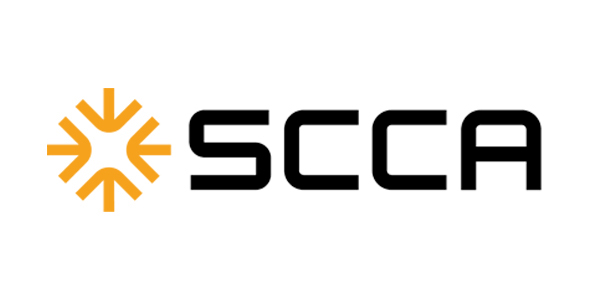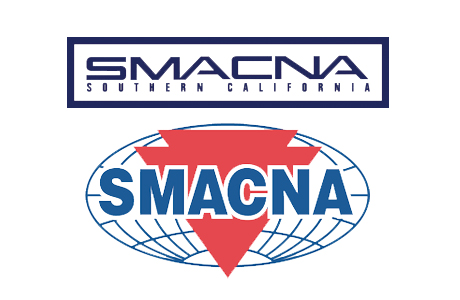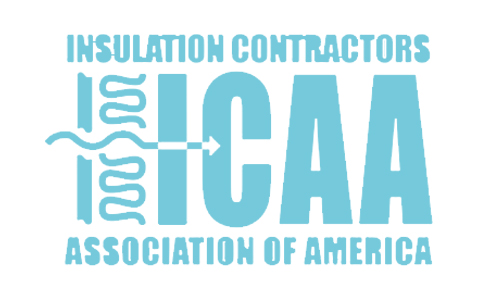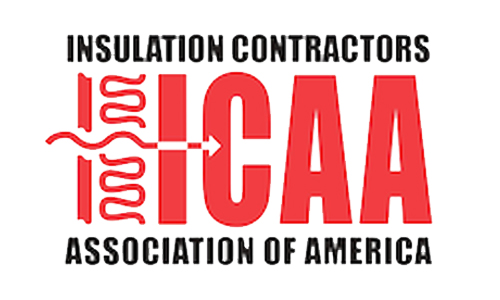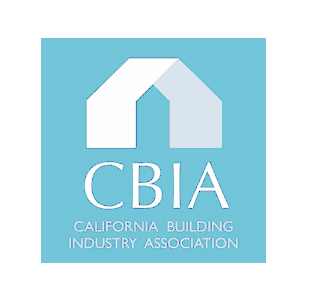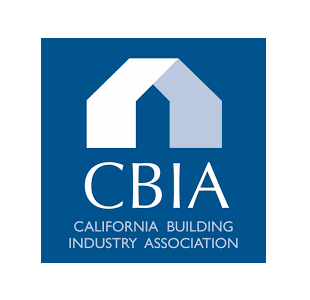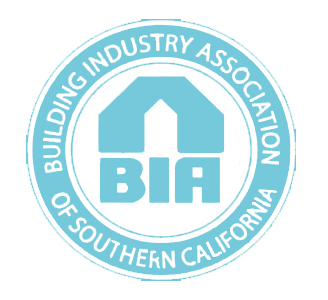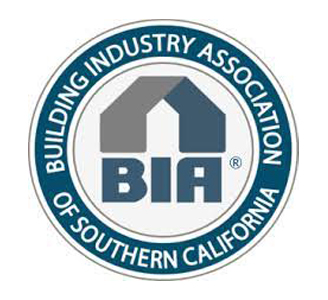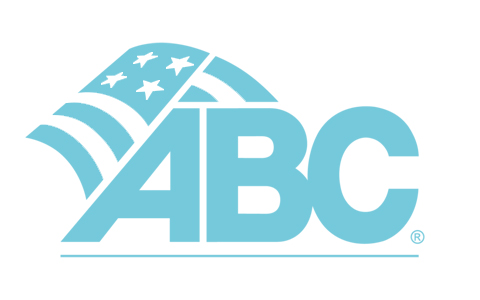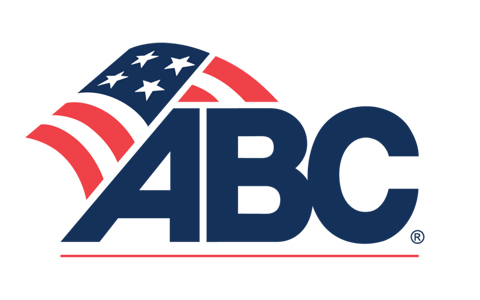The new Home Improvement Contract laws are a legislative quagmire nearly incomprehensible to contractors, homeowners and attorneys. Unfortunately, in the past, few home improvement contractors have followed the statutory requirements of the Business and Professions Code, and it is doubtful that more contractors will be inclined to follow the new laws based on the length and complexity of the contract that homeowners would be required to sign. Below is a summary roadmap of the new legislative requirements for Home Improvement Contracts (HIC), with the Service and Repair Contracts (SRC) being covered in a second article next month.
A. Summary of the Legislation Effective January 1, 2006:
- Completely repeals existing provisions relating to contract language requirements and rewrites these requirements in an attempt to make them easier to understand and follow (in three attempts at rewriting the HIC statutes, the Legislature has failed in its objective to craft a simple and easily understood contract).
- Requires that a HIC, and any changes made to such, be in writing (no oral contracts), legible (at least 10-pt typeface), easy to understand and inform consumers of their right to cancel or rescind the contract within three days, and an executed copy of the contract must be given to the homeowner before work starts.
- Exempts persons who hold an alarm company operator’s license.
- Requires that a HIC contain various notices and disclosures for the protection of the consumer.
- Any swimming pool contract that does not substantially comply shall be void and unenforceable.
- Any extra work or change order, initiated by either the homeowner or the contractor, must be agreed to in writing and signed by the parties prior to beginning any work covered by the change.
- Defines a Service and Repair Contract (SRC) for repair services by a contractor if the contract price is $750 or less (but contracts less than $500 are exempt from HIC and SRC statutes).
- Provides that a violation related to HIC or SRC is a crime and subjects the contractor to discipline.
B. Mandatory Elements of the Home Improvement Contract:
- A statement that all contractors are required to be licensed in at least 12 point type, which also provides information on how to contact the CSLB (address, phone number, website).
- On the first page, in a typeface no smaller than that generally used in the body of the document, both:
- The date the buyer signed the contract.
- A statement advising the buyer that the “Notice of Cancellation” may be sent to the contractor at the address noted on the contract.
- A statement that, upon satisfactory payment being made for any portion of the work performed, the contractor shall, prior to any further payment being made, furnish to the homeowner an unconditional release from any claim or mechanic’s lien pursuant to Section 3114 of the Civil Code.
- A notice, in close proximity to the signatures of the owner and contractor, stating that the owner or tenant has the right to require the contractor to have a performance and payment bond.
- Contractor’s name, business address, and license number; and name and registration number of the home improvement salesperson that solicited or negotiated the contract (if applicable).
- The following heading on the contract form in at least 10-point boldface type: “Home Improvement”.
- The following statement in at least 12-point boldface type: “You are entitled to a completely filled in copy of this agreement, signed by both you and the contractor, before any work may be started.”
- The heading: “Contract Price,” followed by the amount of the contract in dollars and cents.
- If there will be a finance charge, the heading: “Finance Charge,” followed by the amount in dollars and cents. The finance charge is to be set out separately from the contract amount.
- The heading: “Description of the Project and Description of the Significant Materials to be Used and Equipment to be Installed” followed by:
- A description of the project, the significant materials to be used and equipment to be installed.
- For swimming pools, the project description shall include a plan and scale drawing showing the shape, size, dimensions, and the construction and equipment specifications.
- If a down payment will be charged, the details of the down payment shall be in this format:
- The heading: “Down Payment”, along with a space for the actual down payment.
- The following statement in at least 12-point boldface type: “THE DOWN PAYMENT MAY NOT EXCEED $1,000 OR 10 PERCENT OF THE CONTRACT PRICE, WHICHEVER IS LESS.”
- A schedule of progress payments are to be provided for in this format:
- The heading: “Schedule of Progress Payments.”
- Each progress payment shall be stated in dollars and cents and specifically reference the amount of work or services to be performed and any materials and equipment to be supplied.
- The following in at least 12-point boldface type: “The schedule of progress payments must specifically describe each phase of work, including the type and amount of work or services scheduled to be supplied in each phase, along with the amount of each proposed progress payment. IT IS AGAINST THE LAW FOR A CONTRACTOR TO COLLECT PAYMENT FOR WORK NOT YET COMPLETED, OR FOR MATERIALS NOT YET DELIVERED. HOWEVER, A CONTRACTOR MAY REQUIRE A DOWNPAYMENT.”
- The heading “Approximate State Date”, followed by the approximate date on which work will be commenced and a statement that describes what constitutes substantial commencement of work under the contract.
- The heading “Approximate Completion Date”, followed by the approximate date of completion for the work.
- The heading: “List of Documents to be Incorporated into the Contract,” followed by the list (if applicable).
- The heading: “Note about Extra Work and Change Orders” followed by the following statement:
- “Extra Work and Change Orders become part of the contract once the order is prepared in writing and signed by the parties prior to the commencement of any work covered by the new change order. The order must describe the scope of the extra work or change, the cost to be added or subtracted from the contract, and the effect the order will have on the schedule of progress payments.”
- A statement that the homeowner may not require a contractor to perform extra or change-order work without providing written authorization prior to the commencement of any work covered by the new change order.
- A statement informing the buyer that a change order is not enforceable against a homeowner unless the change order identifies, in writing, all of the information stated in the notice in paragraph 16 above.
- A statement informing the homeowner that the contractor may still recover under legal or equitable remedies even if the contractor does not comply with the written change order requirement.
- Insurance notices to be provided to the homeowner as part of the contract or as a separate attachment:
- Notice regarding general liability insurance, or that the contractor does not carry such insurance.
- Notice regarding workers’ compensation insurance or that contractor has no employees and is exempt from workers’ compensation.
- A Mechanics’ Lien warning.
- The “Three Day Right to Cancel” or the “Seven Day Right to Cancel”.
Look for Part Two of the New Home Improvement Contract Requirements to be published next month by ASA California. Also, the specific contractual language required by the Business and Professions Code can be found at the Contractors State License Board website (www.cslb.ca.gov).
____________________________________________
Theresa Tate is a partner with the construction law firm of Crawford & Bang, and may be contacted with questions about this article at (626) 915-1641, ext. 203, or Ttate@builderslaw.com. This article is intended to provide the reader with general information regarding current legal issues. It is not to be construed as specific legal advice or as a substitute for the need to seek competent legal advice on specific legal matters.




